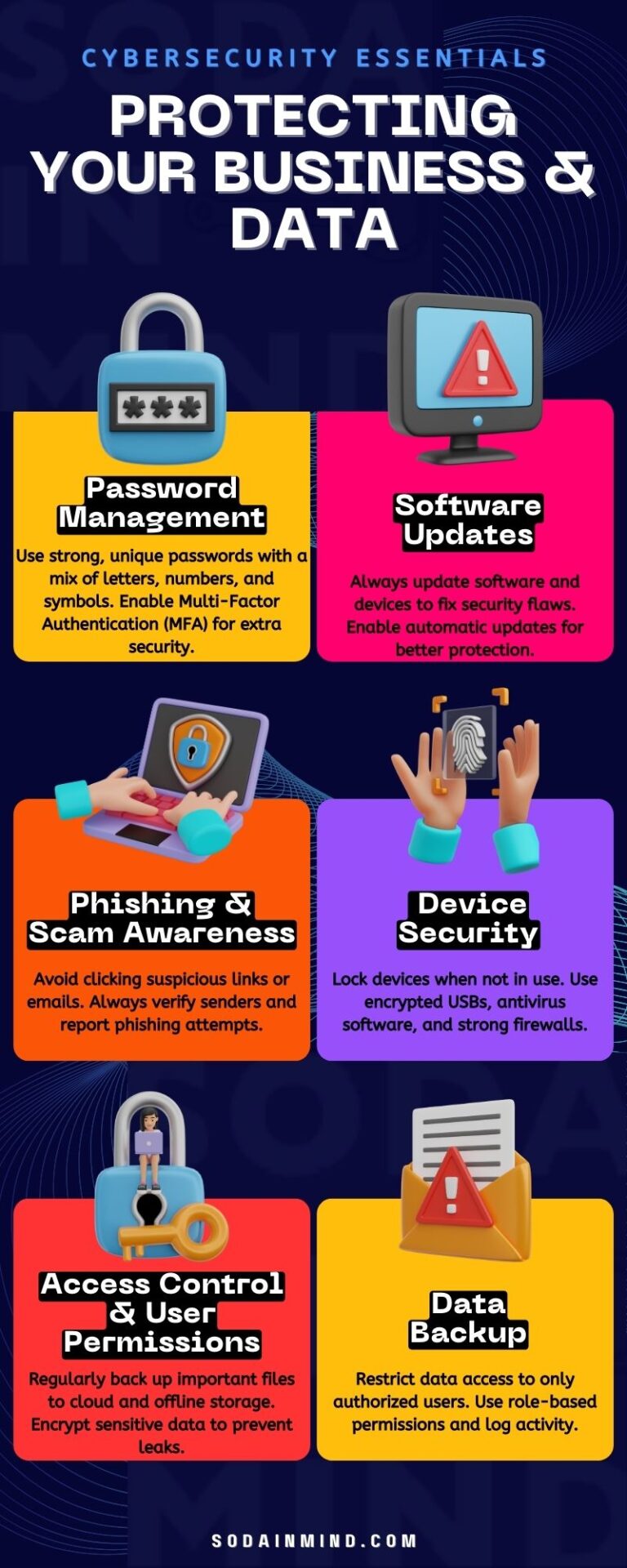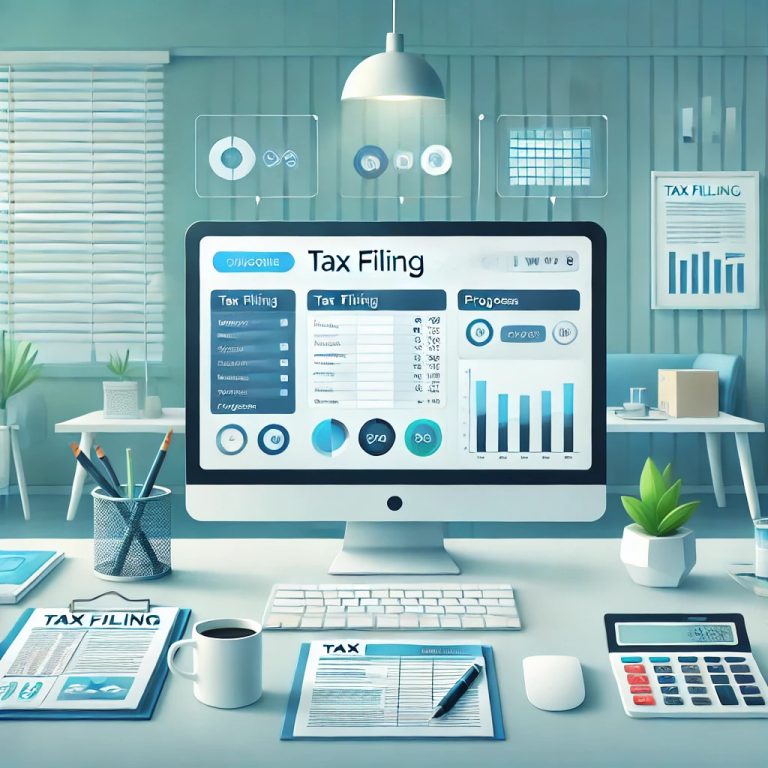So, you are on your road to building your own startup. By now, you have assessed your skills and passions and have a good idea on what is actually a business skill you can work on. The next step is to identify gaps in the market that you can fill with your business. We will now determine whether there is a need for your product or service and whether you can stand out in a crowded market.
Identifying gaps in the market is crucial to starting a successful business. By mapping skills to gaps in the market, you’ll be able to create a unique offering and stand out in a crowded market. Use the exercises below to guide your research and brainstorming. Don’t be afraid to test your ideas with potential customers to ensure there is a market need.
Research your competition.
Identify their strengths and weaknesses and look for areas where you can improve or differentiate yourself from them. Create a table to compare and contrast your competitors with your potential business. Remember, nobody wants to see a product where your competitor, a billion dollar company, is doing nothing and you are able to do everything. An example of a compare and contrast table could be as below:
| Feature | Carbonate HR | Competitor 1 | Competitor 2 |
|---|---|---|---|
| Time and Attendance | Yes | Yes | Yes |
| Leave Management | Yes | Yes | Yes |
| Payroll | Yes | Yes | Yes |
| Employee Self-Service | Yes | Yes | Yes |
| Mobile App | Yes | Yes | No |
| Customizable Workflow | Yes | No | Yes |
| Employee Performance Tracking | Yes | No | Yes |
| Employee Database | Yes | Yes | Yes |
| Document Management | Yes | No | Yes |
| Integrations | Yes | Yes | Yes |
| Pricing | Based on number of employees | Based on number of employees and features | Customized pricing based on requirements |
| Customer Support | 24/7 email support, phone support during business hours | Email and phone support during business hours | 24/7 email and phone support |
In the above table, it seems like Carbonate does offer a lot more than the competitors. However, this is a common pitfall in startup planning where the founder feels that there is nothing like his system. In actual fact, the details will help the start up more. How is time attendance done?
| Feature | Carbonate HR | Competitor 1 | Competitor 2 |
|---|---|---|---|
| Time Clock | Yes | Yes | Yes |
| Mobile App | Yes | Yes | Yes |
| Geofencing | Yes | Yes | Yes |
| Overtime Tracking | Yes | Yes | Yes |
| Paid Time Off (PTO) | Yes | Yes | Yes |
| Automatic Reminders | Yes | Yes | No |
From the above table, we can see that building an entire time attendance feature would be a behemoth task. Is it really worth while to build such a big feature? Are your competitors already doing everything you already plan on doing?
This is when you can start to do a SWOT (Strengths, Weaknesses, Opportunities, Threats) analysis of your industry. Identify areas where there are opportunities to fill gaps and create a table to summarize your findings.
| Strengths (S) | Weaknesses (W) |
|---|---|
| Provides accurate tracking of employee attendance | Can be time-consuming for HR to manage |
| Helps to identify attendance patterns and trends | Requires an initial investment in hardware and software |
| Helps to reduce payroll errors and costs | May not be suitable for all industries or types of work |
| Allows for better scheduling and staffing decisions | Employees may resist the implementation of time attendance systems |
| Can improve employee accountability and productivity | Technical issues and malfunctions can disrupt operations |
| Offers real-time reporting and data analysis | May require additional training for managers and employees |
| Opportunities (O) | Threats (T) |
|---|---|
| Can be integrated with other HR and payroll systems for greater efficiency | Competitors may offer more advanced or affordable solutions |
| Can be used to track and manage remote or mobile workers | Regulations and compliance requirements may change and impact the use of time attendance systems |
| Can be customized to meet the unique needs of different industries and businesses | Changes in technology may make current time attendance systems obsolete |
| Provides data that can be used to improve employee engagement and satisfaction | Employees may feel their privacy is being invaded by the use of time attendance systems |
| Can be used to enforce workplace policies and regulations | Employee resistance or noncompliance can undermine the effectiveness of the system |
And now, we start to see how we can possibly build our new time attendance function.















